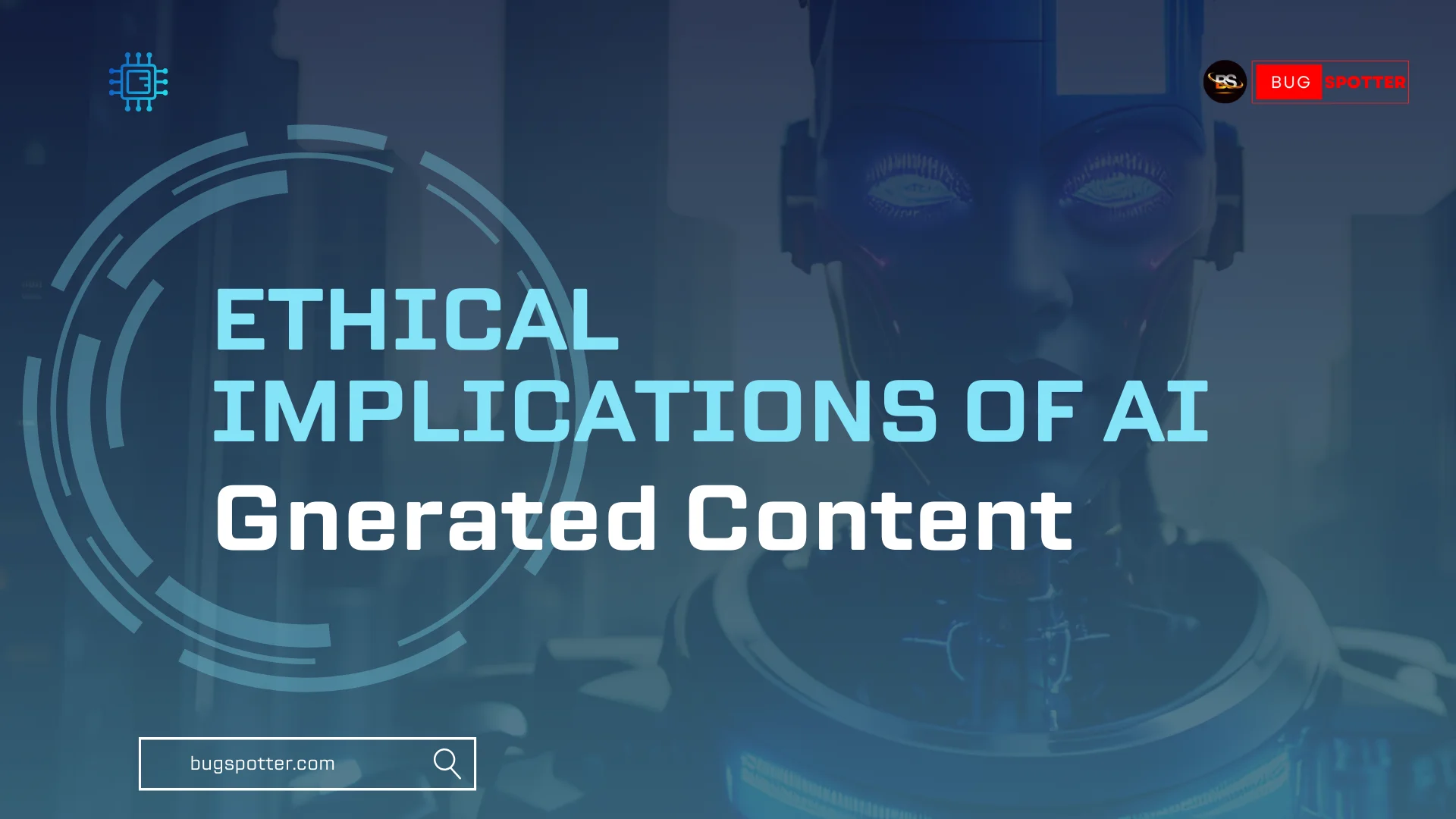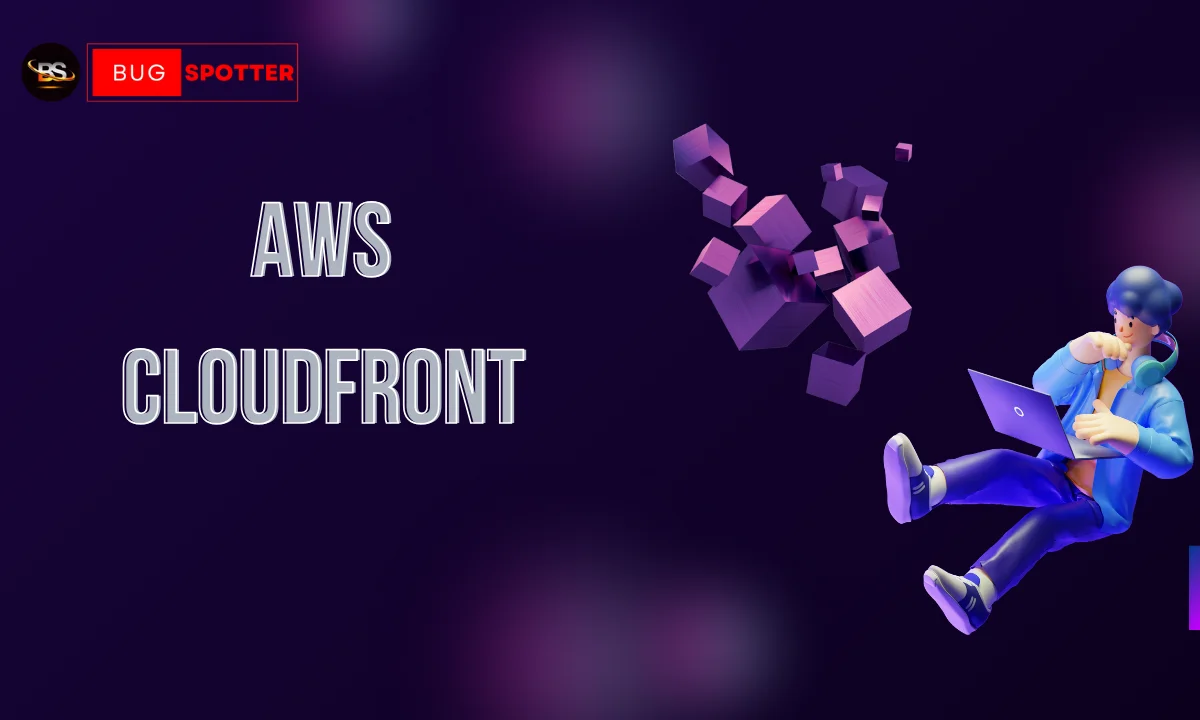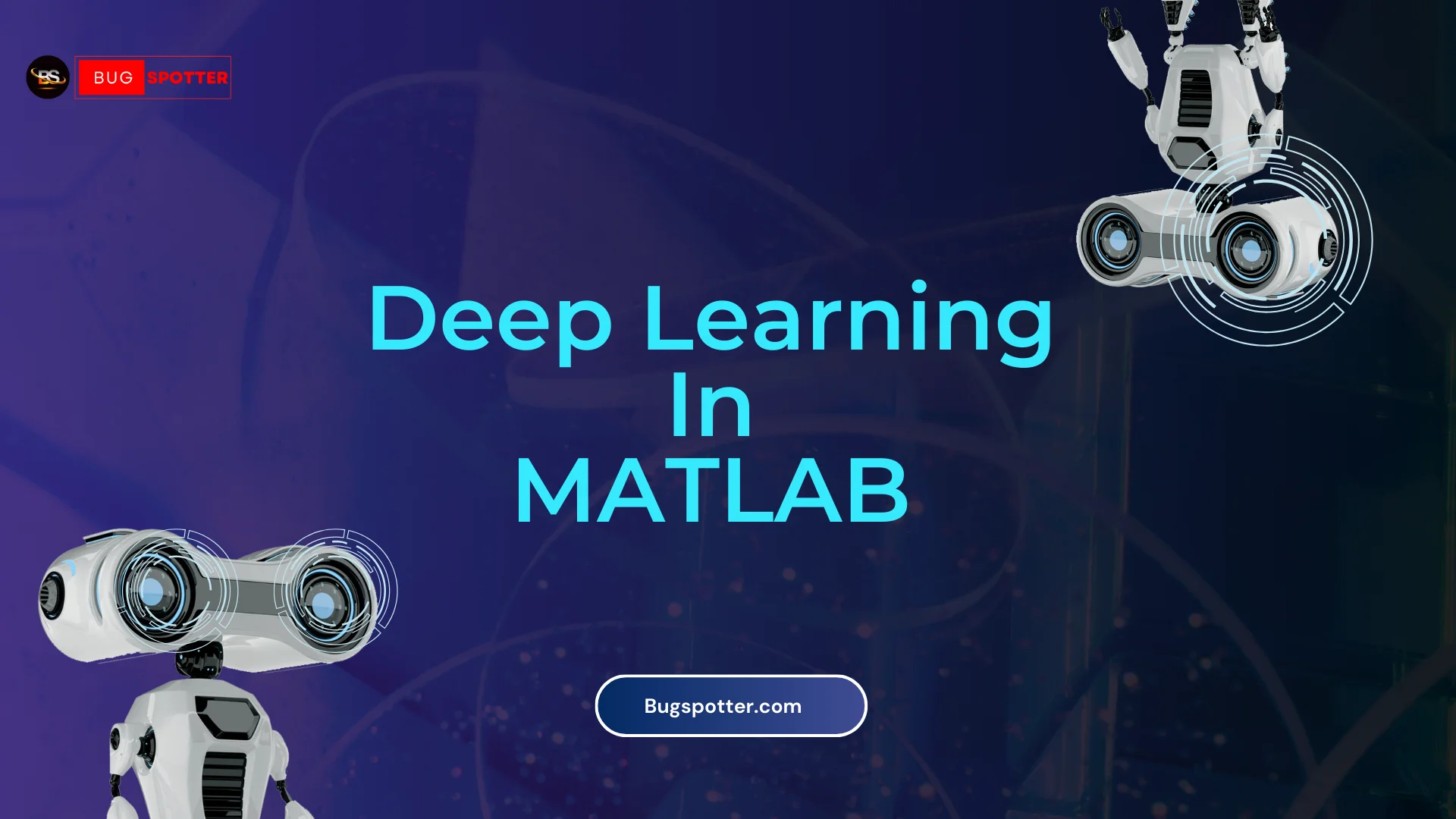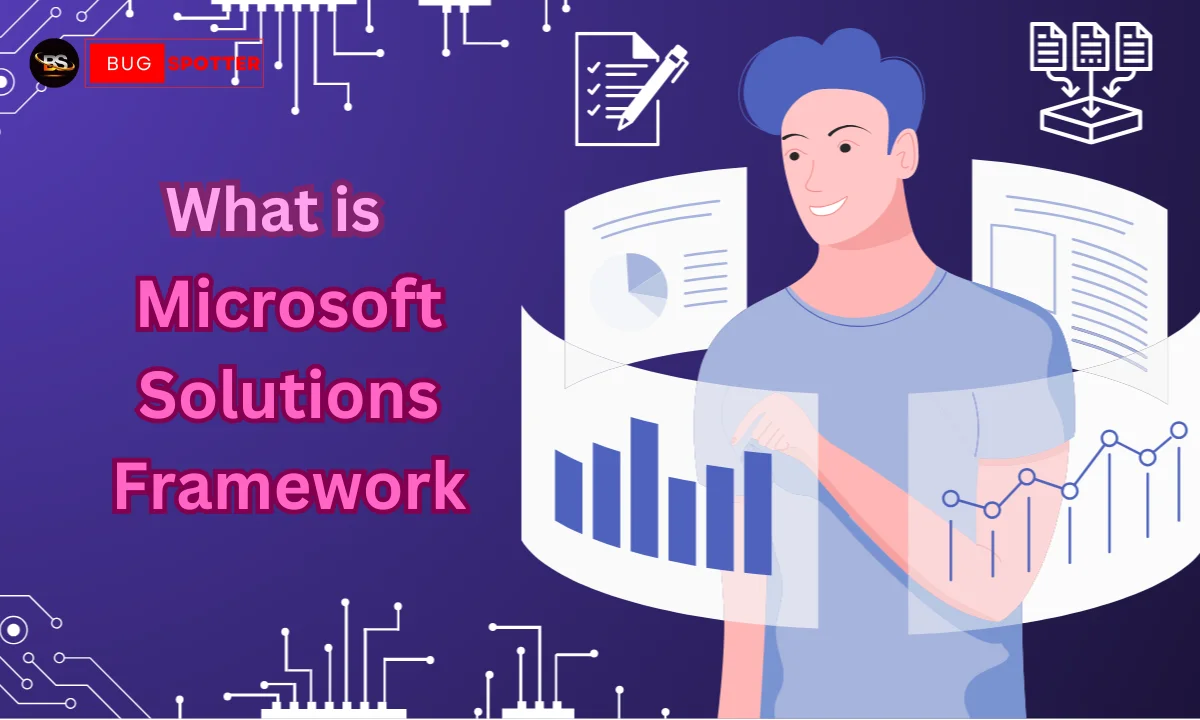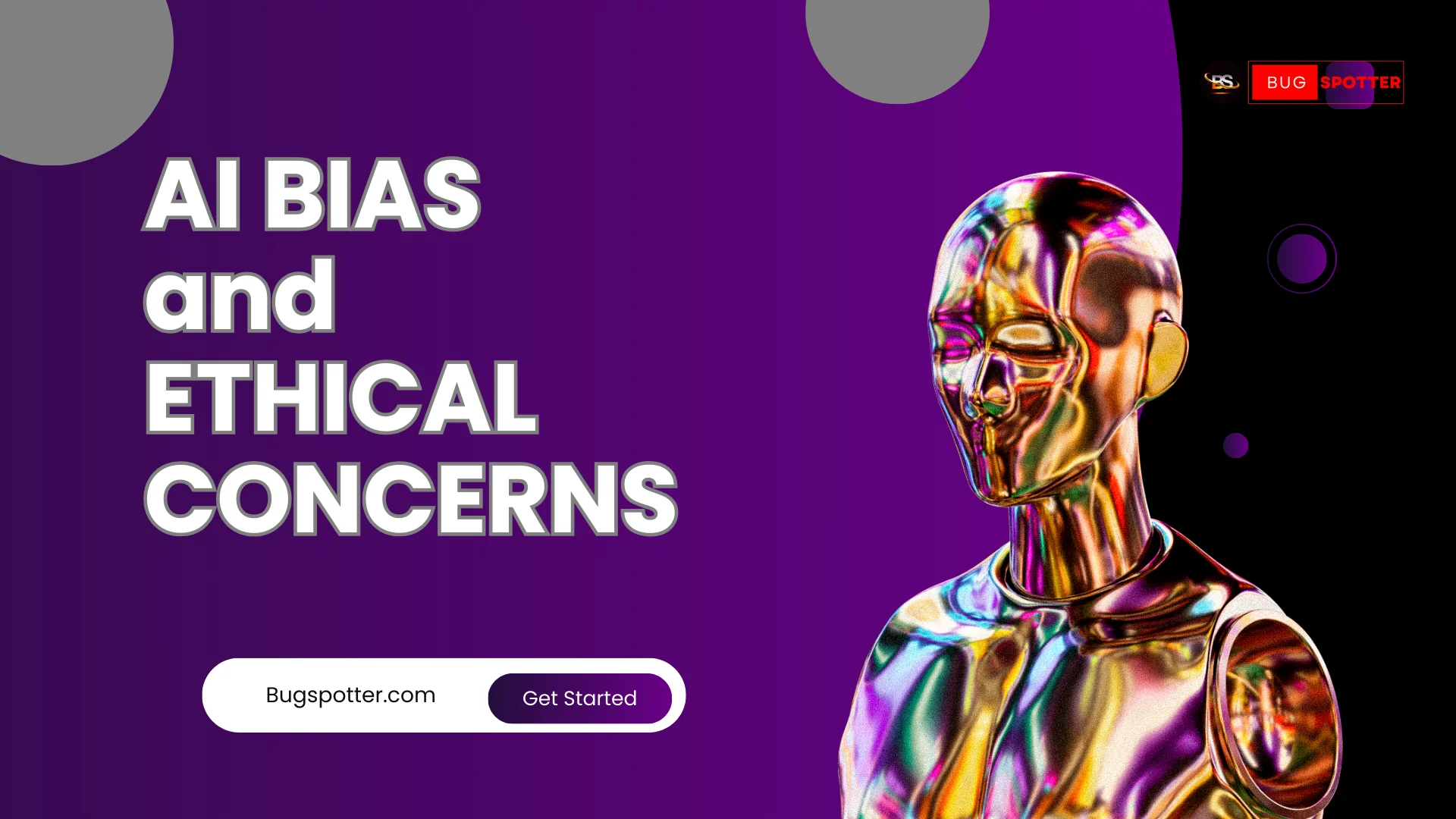What is Software Asset Management
What is Software Asset Management
Software Asset Management is a practice of managing and optimizing the purchase, deployment, maintenance, utilization and disposal of software applications within an organization. It the comprehensive management of software licenses, ensuring compliance with legal requirements and maximizing the value of software investments.
Why is Software Asset Management Important in the IT Sector
Effective Software Asset Management is crucial in the IT sector for several reasons:
- Cost Savings: SAM helps organizations identify unused or underutilized software licenses, allowing them to only purchase what is necessary. This can lead to significant cost savings.
- Compliance: SAM ensures that organizations adhere to software licensing agreements, reducing the risk of legal consequences due to non-compliance.
- Security: Proper SAM practices help in identifying and addressing security vulnerabilities in software applications, reducing the risk of cyber threats.
- Efficiency: By managing software assets effectively, organizations can streamline their software deployment processes, leading to increased operational efficiency.
Bug Spotter Software Training Institute
Bug Spotter Software Training Institute is a renowned training institute that offers comprehensive training programs in Software Asset Management. With a focus on practical knowledge and hands-on experience, Bug Spotter ensures that its students are well-equipped to handle the complexities of managing software assets in real-world scenarios.
Bug Spotter’s 100% Placement Assurance
Bug Spotter Software Training Institute not only provides top-notch training in Software Asset Management but also offers a unique 100% placement assurance to its students. The institute has a strong network of industry partners who actively recruit Bug Spotter graduates, ensuring promising career opportunities for all its students.
In conclusion, Software Asset Management is a critical practice in the IT sector that can yield significant benefits for organizations in terms of cost savings, compliance, security, and efficiency. Bug Spotter Software Training Institute stands out as a leading provider of training in SAM, guaranteeing successful career opportunities for its students through its 100% placement assurance program. Embracing SAM and investing in quality training can pave the way for a successful career in the dynamic field of IT.
Are you ready to take your career in software asset management to the next level? Look no further than Bug Spotter Software Training Institute! Our comprehensive training programs are designed to help you jumpstart your career and achieve success in this rapidly growing field. Join us as we dive into how our industry-leading courses can set you up for a rewarding and fulfilling career in software asset management.
Introduction to Software Asset Management (SAM)
Are you ready to kickstart your career in Software Asset Management (SAM) and soar to new heights in the tech industry? Look no further than Bug Spotter Software Training Institute! SAM may be the secret weapon that propels you towards success and we’re here to guide you every step of the way. Let’s dive into why SAM is crucial, why Bug Spotter is your go-to training institute and the exciting benefits waiting for you in this dynamic field.
What is SAM?
Software Asset Management (SAM) is a strategic approach to managing and optimizing a company’s software resources. It involves the processes, policies, and technologies that enable organizations to gain control over their software assets. SAM helps companies ensure they have the right licenses for the software they use, avoid unnecessary spending on duplicate licenses or unused software, and remain compliant with legal requirements.
SAM goes beyond just tracking licenses; it also involves monitoring software usage, ensuring security by keeping up with updates and patches and aligning software investments with business goals. By implementing effective SAM practices, organizations can reduce risks associated with non-compliance and optimize their IT budgets.
Overall, SAM plays a crucial role in helping businesses streamline their operations, enhance productivity levels and maximize return on investment in technology resources.
Why is it important in the tech industry?
Software Asset Management (SAM) is crucial in the tech industry for various reasons. Firstly, it helps organizations effectively manage and optimize their software licenses, ensuring compliance with legal requirements and reducing the risks associated with non-compliance. By having a clear understanding of what software assets are being used across the organization, companies can make informed decisions about purchasing new licenses or reallocating existing ones.
Moreover, SAM enables businesses to track their software usage patterns and identify opportunities for cost savings by eliminating redundant applications or unused licenses. This not only helps in streamlining operations but also contributes to overall cost efficiency. Additionally, effective SAM practices can enhance cybersecurity measures by ensuring that all software within an organization is up-to-date and secure from potential vulnerabilities.
Overall, embracing Software Asset Management is essential for staying competitive in today’s rapidly evolving tech landscape.

Mastering Software Asset Management: The Key to Optimizing IT Investments
In today's digital age, software plays a pivotal role in driving business operations and enabling innovation. However, managing software assets can be a daunting task, with organizations often grappling with challenges such as license compliance, cost optimization, and security risks. This is where Software Asset Management (SAM) emerges as a game-changer, empowering organizations to take control of their software assets and maximize their return on investment.
At its core, SAM is a systematic approach to managing the lifecycle of software assets, from procurement and deployment to maintenance and retirement. By implementing effective SAM practices, organizations can unlock numerous benefits that translate into tangible business value.
1. Cost Optimization and Compliance
One of the primary advantages of SAM is its ability to streamline software licensing and ensure compliance with vendor agreements. Through meticulous tracking and management of software installations, organizations can avoid costly penalties associated with non-compliance and optimize their software investments. SAM empowers organizations to eliminate redundancies, consolidate licenses, and make informed decisions about software renewals or replacements.
2. Enhanced Security and Risk Mitigation
Unauthorized or outdated software installations can pose significant security risks, leaving organizations vulnerable to cyber threats. SAM enables organizations to maintain an accurate inventory of their software assets, identify vulnerabilities, and implement necessary updates and patches promptly. By proactively managing software assets, organizations can mitigate potential risks and protect sensitive data from breaches or unauthorized access.
3. Operational Efficiency and Productivity
Effective SAM practices ensure that employees have access to the right software tools at the right time, eliminating bottlenecks and minimizing downtime. By optimizing software deployment and streamlining processes, SAM contributes to increased productivity and improved employee satisfaction, ultimately driving business growth and competitiveness.
4. Informed Decision-Making
SAM provides organizations with comprehensive insights into their software assets, enabling data-driven decision-making. By leveraging detailed software usage data and license information, organizations can make informed choices about software investments, renewals, and consolidation opportunities, ensuring that resources are allocated efficiently and effectively.
Implementing a robust SAM strategy requires a combination of specialized tools, processes, and expertise. By partnering with experienced SAM providers, organizations can seamlessly integrate SAM practices into their IT operations, ensuring compliance, optimizing costs, and safeguarding against potential risks.
In the ever-evolving digital landscape, mastering Software Asset Management is no longer an option – it's a necessity. Embrace SAM as a strategic imperative and unlock the full potential of your software assets, driving innovation, productivity, and long-term business success.
Bug Spotter Software Training Institute - The Best Choice for SAM
In today’s digital landscape, where technology is the backbone of most businesses, effective Software Asset Management (SAM) has become a critical component of IT operations. SAM is the practice of managing and optimizing the purchase, deployment, maintenance, utilization, and disposal of software assets within an organization. By implementing a robust SAM strategy, businesses can not only reduce costs but also ensure compliance, mitigate risks and make informed decisions about their IT infrastructure.
The Importance of SAM:
- Cost Optimization: One of the primary goals of SAM is to optimize software costs by eliminating waste and ensuring that organizations only pay for the software they actually use. By tracking software licenses and usage patterns, businesses can identify opportunities for consolidation, negotiation, and retirement of underutilized software, resulting in significant cost savings.
- Compliance and Risk Mitigation: Software licensing agreements often come with complex terms and conditions. Failing to comply with these agreements can result in hefty fines and legal penalties. SAM helps organizations maintain accurate records of their software assets, ensuring compliance with licensing agreements and mitigating potential risks.
- Informed Decision-Making: Effective SAM provides organizations with valuable insights into their software assets, enabling better decision-making regarding capacity planning, budget allocation and future software investments. By understanding the usage patterns and dependencies of their software assets, businesses can make informed choices that align with their strategic goals.
Integrating SAM with IT Asset Management (ITAM):
While SAM focuses specifically on software assets, it is often implemented as part of a broader IT Asset Management (ITAM) strategy. ITAM encompasses the management of all IT assets, including hardware, software and related services. By combining SAM with ITAM, organizations can gain a comprehensive view of their entire IT ecosystem, enabling better coordination resource allocation and overall IT governance.
Bug Spotter Software Training Institute: A Leading SAM Education Provider in India:
For organizations in India seeking to enhance their SAM capabilities, Bug Spotter Software Training Institute stands out as a premier education provider. With a team of experienced professionals and industry-recognized certifications, Bug Spotter offers comprehensive training programs tailored to meet the unique needs of businesses of all sizes.
Bug Spotter’s SAM training covers a wide range of topics, including:
- Fundamentals of Software Asset Management
- Software Licensing and Compliance
- Software Metering and Optimization
- SAM Tools and Technologies
- SAM Processes and Best Practices
- Integrating SAM with ITAM
By partnering with Bug Spotter, organizations in India can equip their IT teams with the knowledge and skills necessary to implement effective SAM strategies, optimize software costs and ensure compliance with licensing agreements.




